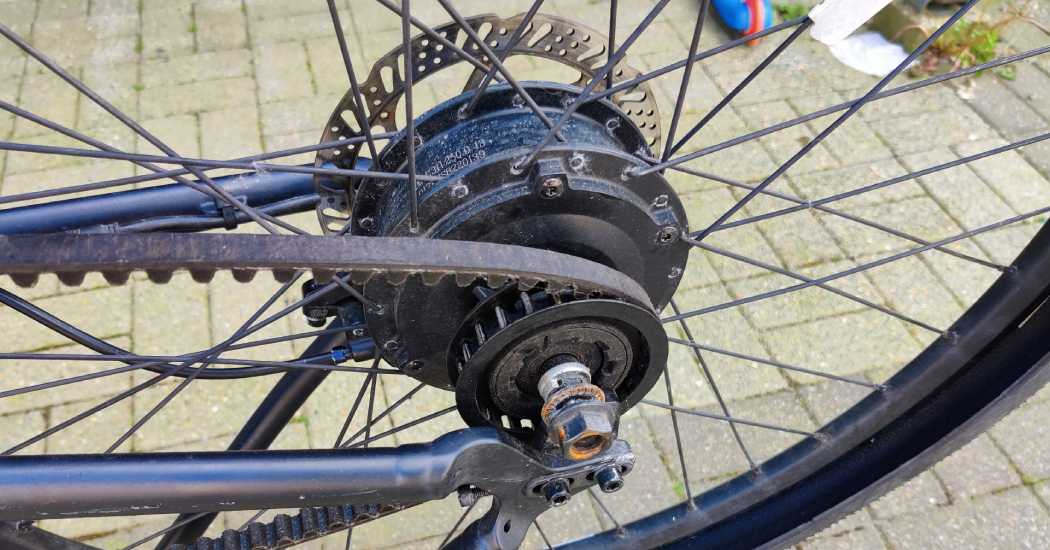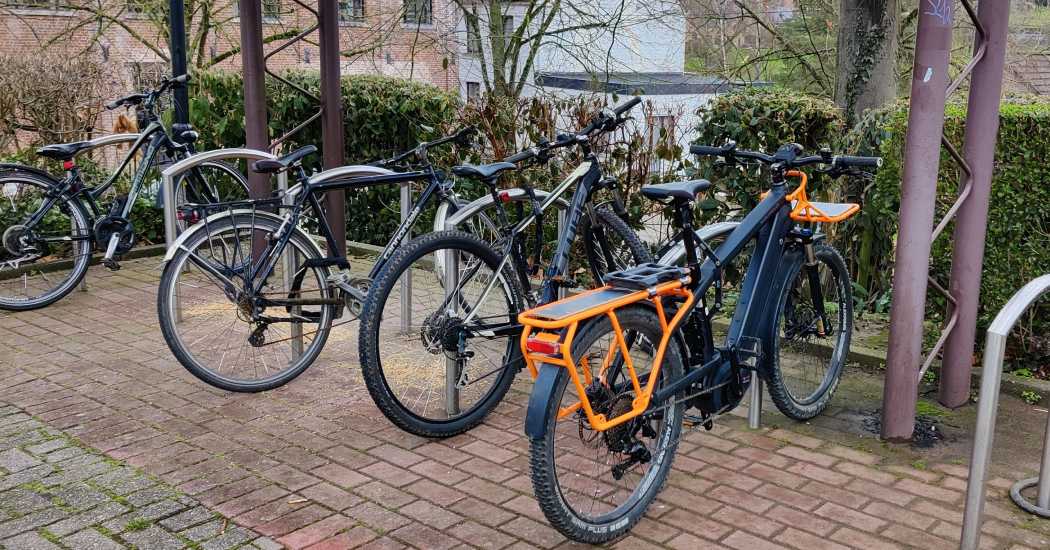Quick search
An e-bike is an investment. It can even be one of the best investments you can make. It can be considered an investment in your overall finances because it will enable you to reduce many of the costs associated with a traditional vehicle. It can be an investment in your health because it provides a fun and convenient way to exercise outdoors. It can even be an investment in your social life as it allows you to ride and connect with friends or family members.
Regardless of how you use your e-bike, you should know the typical lifespan of an e-bike. You should also know the general lifespan of the various components that make up your e-bike. With very little maintenance, a high-quality e-bike can easily last 3-5 years without incidents. But you might be surprised to discover that with regular maintenance and care, your e-bike can last you 5-10 years.
By understanding the different components and how to properly maintain your e-bike, you can ensure that you get the most out of your investment. E-bikes can be expensive, so read on to learn more about the various components of your e-bike and how to get the most out of your purchase. Whether you’re planning to upgrade, replace, or repair parts of your e-bike, this is the guide for you!
1. Motor
A frequently asked question is: “How long does an electric bike motor last?”
Disclaimer: mainly depends on the brand and model! That said, most electric bike motors last between 3 and 10 years. As you can see, motor lifespans can vary, but they are considered one of the longest-lasting components. Because they are so integral to the bike’s operation, the motor can often be the cause of the need to upgrade to a new electric bike.
Rear-wheel motors and mid-drive motors
Hub-drive motors experience a lot of friction and more wear than some mid-drive motors. This is because every time the motor housing slowly rotates with the wheel, the internal gearing in the motor rotates many more times at higher speed. Therefore, hub-drive motors need to be replaced between three thousand and ten thousand kilometers.
High-quality motors can stay closer to the higher end of this range. Hub-drive motors are not as expensive as mid-drive motors and can be easier to replace. If you find that you have already replaced your hub-drive motor 3-5 times, consider buying a new e-bike. At that point, the costs and effort of replacing the motor start to outweigh the costs of a new bike.

How Long Does a Rear-Wheel Motor Last?
Much longer than a mid-drive motor. There are no statistics available; too much depends on the brands, build quality, usage, and maintenance. However, it’s clear that they last longer when perfectly maintained. A motor from Stromer can operate for about 3000 hours.
Mid-Drive Motors
Mid-drive motors, on the other hand, have additional sensors, components, and a unique design. This extra complexity results in a much longer lifespan than hub-drive motors, but it does have some drawbacks. One downside is that mid-drive motors can overheat and rust faster if they get wet and are not wiped down.
Therefore, it’s important to keep your bike and motor components dry. The second drawback is that mid-drive motors are harder to replace. If you find that you have already replaced your mid-drive motor two to three times, consider upgrading to a new electric bike.
How Long Does a Bosch Motor Last?
There is no fixed number of kilometers. Much depends on usage and maintenance, although our local bike shop (Bosch dealer) says that a Bosch motor should be able to handle at least 500 hours or 20,000 kilometers. Cycling for an hour every day equals 25 kilometers, so with 500 hours, you reach 12,500 kilometers.
For reference, our Riese Muller Multicharger – Bosch Performance CX has 3500 kilometers and just came back from maintenance. The motor is still in excellent condition.

2. Batteries
Batteries are always top of mind for e-bike riders because they are the source of energy! Many batteries used for e-bikes last between 3 and 5 years. It depends on how often you charge it, the conditions in which you ride and store it, as well as the brand of the battery.
Finally, the type of battery makes a big difference. For example, lithium-ion batteries can be charged about 800 to 1,000 times, which corresponds to 3 to 5 years of use. Nickel batteries can be charged about 500 times, and lead batteries can be charged about 300 times. Also, when replacing the battery, this is important, as one is more expensive than the other.
How Long Does a Bosch Battery Last?
According to Bosch themselves, this is around 10 years or 1500 full charge cycles. Of course, they also mention that the capacity may slightly decrease in the meantime.
How Long Does a Shimano Battery Last?
Again, no hard numbers here. Shimano states that their battery will retain at least 60% of its capacity after 1000 charge cycles.

3. Brakes
One of the most crucial components of an electric bike is the brakes. More important than on a regular bike due to the extra weight, and of utmost importance on a Speed Pedelec due to the high speeds.
Pay close attention to the performance and suitability of your brakes and inspect them regularly, for example, every few months. Typically, brakes last 2-5 years, depending on usage. High-quality brakes, such as disc brakes (standard on an electric bike), can last up to 7,500 kilometers. Brake pads, however, need more frequent replacement, with a lifespan of 2000 to 3000 kilometers.
An interesting fact about the design of most e-bikes relates to the brakes. Many e-bikes use integrated braking systems that connect the brakes to each other and to the motor. This system cuts off power to the motor when the brakes are applied. Because this system is interconnected, the brakes will continue to work until they wear out along with the motor. At that point, the entire system with brakes and motor may need to be replaced, which can be a challenging and costly repair.
4. Chains
Most e-bike chains last between 1 and 4 years. The lifespan heavily depends on how well the chain is lubricated and maintained.
Two to three thousand kilometers is a common range for metal chains on an e-bike. Mid-drive motor bikes tend to need a new chain slightly more often. Even at 3000 kilometers, a new chain can make a difference. This is because the wear rate of central drive motors on the chain is high. However, mid-drive motors are generally compatible with belt drives and can go up to 5,000 kilometers without replacement.
This is less true for rear-wheel drive. There is less wear on the chain, and you can go a bit longer without replacing it. Also, the quality of the chain matters. A poor-quality chain will wear out faster than a high-quality chain from a reputable brand.
5. Tires
You replace electric bike tires at the same intervals as those of a regular bike. When your tire wears out, you lose grip. You can continue riding with worn tires, although the risk of falling increases. You also have a higher chance of getting a flat tire. And pushing an electric bike home is much heavier than a traditional bike. On average, you should replace your tires every 2000 kilometers, but this can vary.

